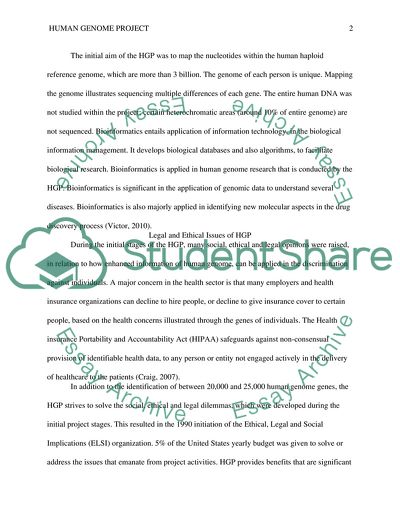Cite this document
(The HGP Essay Example | Topics and Well Written Essays - 1750 words, n.d.)
The HGP Essay Example | Topics and Well Written Essays - 1750 words. https://studentshare.org/health-sciences-medicine/1861093-the-hgp
The HGP Essay Example | Topics and Well Written Essays - 1750 words. https://studentshare.org/health-sciences-medicine/1861093-the-hgp
(The HGP Essay Example | Topics and Well Written Essays - 1750 Words)
The HGP Essay Example | Topics and Well Written Essays - 1750 Words. https://studentshare.org/health-sciences-medicine/1861093-the-hgp.
The HGP Essay Example | Topics and Well Written Essays - 1750 Words. https://studentshare.org/health-sciences-medicine/1861093-the-hgp.
“The HGP Essay Example | Topics and Well Written Essays - 1750 Words”. https://studentshare.org/health-sciences-medicine/1861093-the-hgp.


